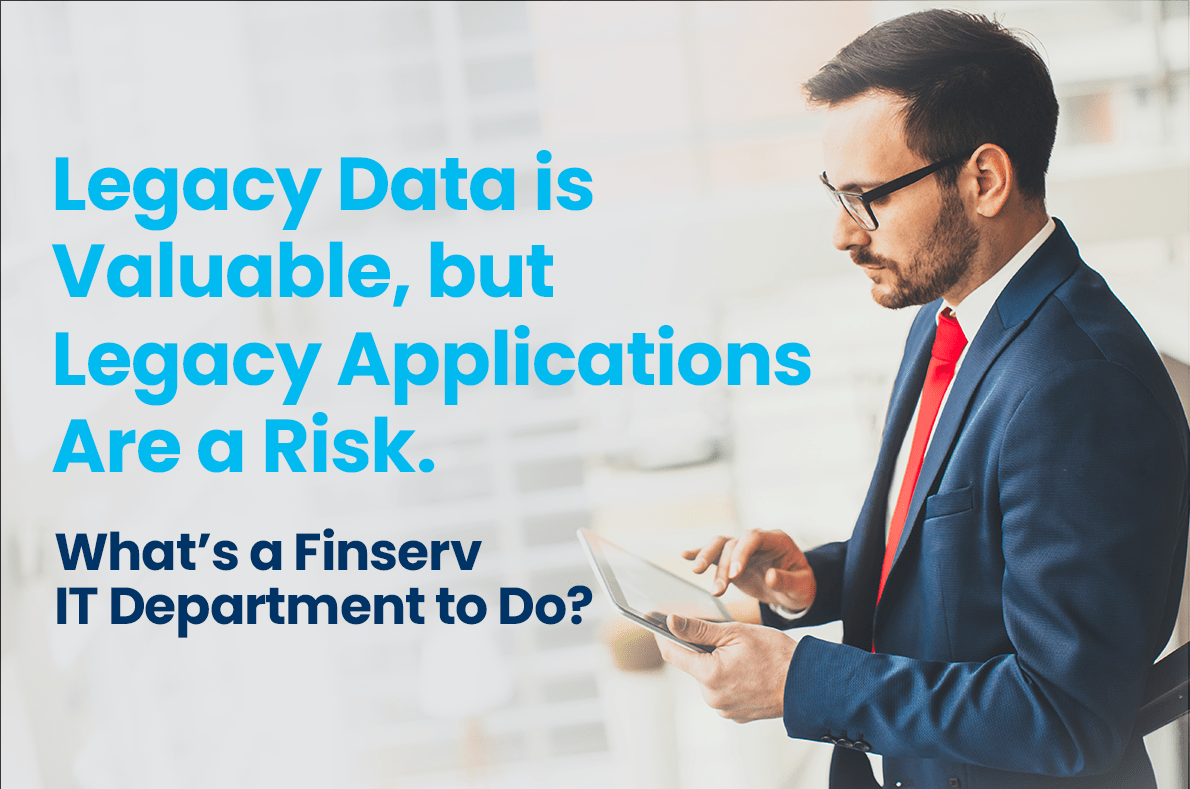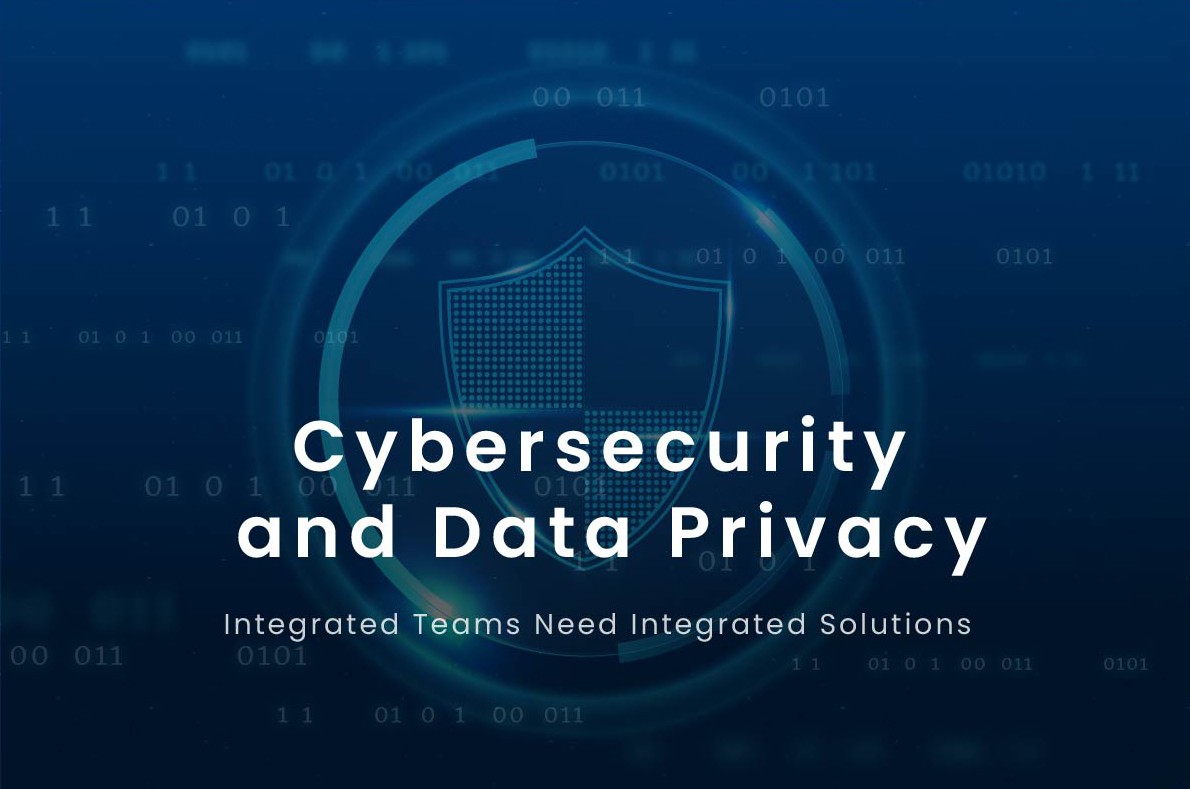Infobelt
The world is experiencing an unprecedented explosion of data, with businesses generating massive amounts of information daily. Efficiently managing and preserving this data has become a paramount challenge for enterprises seeking a competitive edge in the digital age. Enter Artificial Intelligence (AI), a technology that promises to revolutionize data preservation and business records management. In this blog post, we will explore how AI is shaping the future of data preservation and transforming the landscape of business records management.
1. AI-Driven Data Preservation
Data preservation safeguards valuable information to ensure its longevity and accessibility over time. As the volume and complexity of data continue to increase, traditional data preservation methods need to be revised. However, AI is changing the game by offering intelligent solutions enabling businesses to manage their data preservation needs proactively. Machine Learning (ML) algorithms can analyze patterns in data usage, predict potential issues, and optimize storage, ensuring critical information is safeguarded against loss. Additionally, AI-driven data preservation systems can automatically detect and repair corrupted files, reducing the risk of data degradation over time. By leveraging AI, businesses can achieve cost-effective, scalable, and reliable data preservation, supporting the seamless functioning of organizations across industries.
2. Enhanced Data Classification and Organization
Effective business records management requires precise data classification and organization. Traditionally, this task has been labor-intensive and error-prone. However, AI-powered data classification tools can analyze vast amounts of unstructured data and accurately categorize it based on predefined parameters. Natural Language Processing (NLP) algorithms can extract critical information from text-based records, such as contracts, invoices, and legal documents. Image recognition capabilities can help classify visual data, including scanned documents and images. These AI-driven tools streamline records management processes, enabling businesses to quickly locate and retrieve essential information, resulting in improved operational efficiency and compliance.
3. Intelligent Data Retention Policies
Developing data retention policies that comply with legal and regulatory requirements can be complex. Failure to adhere to these policies can lead to severe consequences, including fines and reputational damage. AI can assist in crafting intelligent data retention policies that automatically adapt to changing regulations and business needs. By analyzing historical data usage patterns and monitoring regulatory updates, AI systems can recommend appropriate retention periods for different types of records. As a result, businesses can strike a balance between retaining valuable data for historical analysis and disposing of obsolete information in a compliant manner.
4. Predictive Analytics for Better Decision-Making
AI-driven predictive analytics transforms how businesses make decisions by providing valuable insights based on historical data and real-time inputs. By analyzing records and detecting trends, AI can forecast potential risks and opportunities, aiding businesses in strategic planning and risk management.
Moreover, AI-powered analytics can identify anomalies in financial records, supply chain operations, and customer behavior, thereby mitigating the impact of fraud and irregularities. These proactive measures can prevent financial losses and protect an organization’s reputation.
5. Automation of Records Management Processes
AI-driven automation is at the core of the future of records management. Repetitive and time-consuming tasks such as data entry, document indexing, and content retrieval can be efficiently handled by AI-powered robotic process automation (RPA). RPA bots can interact with multiple systems and applications, ensuring seamless integration across various data sources. This level of automation saves time and resources and minimizes human errors, resulting in increased data accuracy and compliance.
6. Data Privacy and Security
Data privacy and security are paramount concerns for businesses dealing with sensitive information. AI plays a crucial role in bolstering data protection measures. AI algorithms can continuously monitor networks for potential threats and quickly respond to security breaches. Additionally, AI-powered encryption techniques can safeguard data at rest and in transit. By analyzing user behavior patterns, AI can detect suspicious activities and enforce access controls, reducing the risk of unauthorized data breaches.
The future of artificial intelligence in data preservation and business records management holds immense promise for businesses seeking to thrive in a data-driven world. AI’s capabilities, such as data preservation, enhanced data classification, intelligent retention policies, predictive analytics, automation, and improved data privacy and security, offer significant efficiency, compliance, and strategic decision-making advantages. As AI technology advances, businesses must embrace these transformative solutions to stay ahead in the competitive landscape. By leveraging AI’s potential, enterprises can unlock new possibilities for data preservation and records management, setting the stage for a more intelligent and prosperous future.
Join our community of avid readers and stay informed! Subscribe to our monthly newsletter now and receive exclusive content straight to your inbox.
Share News











